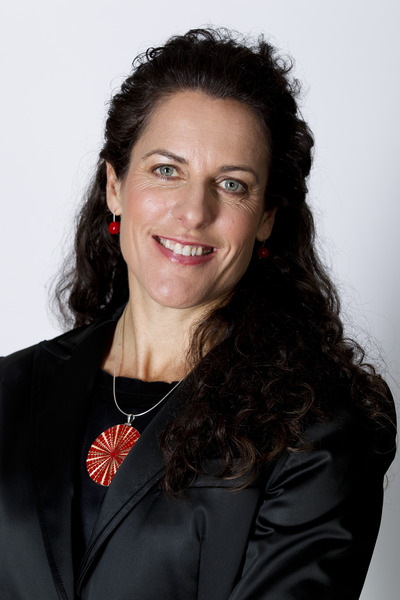Capitalising on the carbon price
On 1 July, the Australian Government ushered in a new era in which pollution has a price. The Australian Government’s carbon pricing mechanism aims to create an incentive for businesses to reduce their carbon pollution by investing in renewable energy technology or finding more efficient ways of operating. During the initial period, which runs until 30 June 2015, there will be a fixed price of $23 per tonne of carbon. After that period, a flexible price period will commence, during which time a cap and trade system, otherwise known as an emissions trading scheme, will be in place.
While very few businesses in the property and construction sector are likely to have enough emissions to be directly liable to pay under the carbon price, there will be indirect costs. Building materials and electricity, for instance, will be directly affected by rising costs, and other indirect costs such as labour will also increase.
Australia’s commercial and residential buildings generate 23% of the nation’s greenhouse gas emissions - mostly from the use of coal-fired electricity - and this figure is on the rise. Increasing energy prices will drive the property and construction industry to demand higher standards of efficiency and greener materials in an effort to reduce costs. As a result, buildings constructed and maintained to the highest standards will be more desirable for tenants. Similarly, older, less energy-efficient buildings with higher energy costs will face lower demand from tenants.
Australia is already seeing buildings with Green Star ratings yield greater returns than those buildings without ratings. Research from IPD has found that Green Star-rated assets delivered a 12.2% total return last year, compared to 9.7% within the broader market. Once the market adapts to the carbon price, we expect this trend to accelerate.
In a carbon-constrained economy, green building is the way of the future. And for people in electrical trades, this means staying ahead of the game by learning about emerging technologies and installation processes required to gain Green Star certification.
At the Ausgrid Learning Centre in Sydney, for instance, a trigeneration plant produces enough electricity to power 50 houses for a year, as well as heating and cooling energy for the centre. Two hundred and sixty solar panels generate renewable power, while 10 charging stations cater for electric vehicles. The building’s energy-efficiency measures are predicted to cut energy usage to 60% of equivalent-sized buildings, slashing Ausgrid’s energy costs by around $60,000 each year.
However, the building delivers more than energy savings. The 6 Star Green Star - Education As Built v1 building is also a hands-on learning resource for both Ausgrid staff and the general public. Among the many interactive inclusions, live displays enable staff and visitors to monitor the centre’s energy and water usage in real time.
As the carbon price kicks in, buildings such as the Ausgrid Learning Centre will become the norm, rather than the exception. Currently, 18% of Australia’s CBD office space is Green Star certified, and more than 500 projects, from hospitals to schools, are registered to achieve Green Star ratings. As we move towards a world where carbon becomes the new currency, electrical contractors with green knowledge and energy-efficiency experience will come out the clear winners.
 *Romilly Madew, Chief Executive, Green Building Council of Australia. Madew is an experienced green building, sustainable communities and cities advocate, both nationally and internationally. Her current positions include: Board member of the World Green Building Council (WorldGBC) and the Chair of the WorldGBC International Rating Tools Task group; Deputy Chair of the Australian Sustainable Built Environment Council (ASBEC) and Chair of ASBEC’s Cities task group; Member of the Australian Government’s National Urban Policy Forum, and the State of Australian Cities indicators reference group.
*Romilly Madew, Chief Executive, Green Building Council of Australia. Madew is an experienced green building, sustainable communities and cities advocate, both nationally and internationally. Her current positions include: Board member of the World Green Building Council (WorldGBC) and the Chair of the WorldGBC International Rating Tools Task group; Deputy Chair of the Australian Sustainable Built Environment Council (ASBEC) and Chair of ASBEC’s Cities task group; Member of the Australian Government’s National Urban Policy Forum, and the State of Australian Cities indicators reference group.
Upskilling for the energy transition
In this interview, Anthea Middleton, CEO of Powering Skills Organisation, discusses the pathways...
Should businesses choose in-house or third-party manufacturing?
Companies must evaluate their specific needs, goals and capabilities before committing to a...
Focus on Chris Mattner
From being expelled from high school to leading a trailblazing South Australian electrical and...




